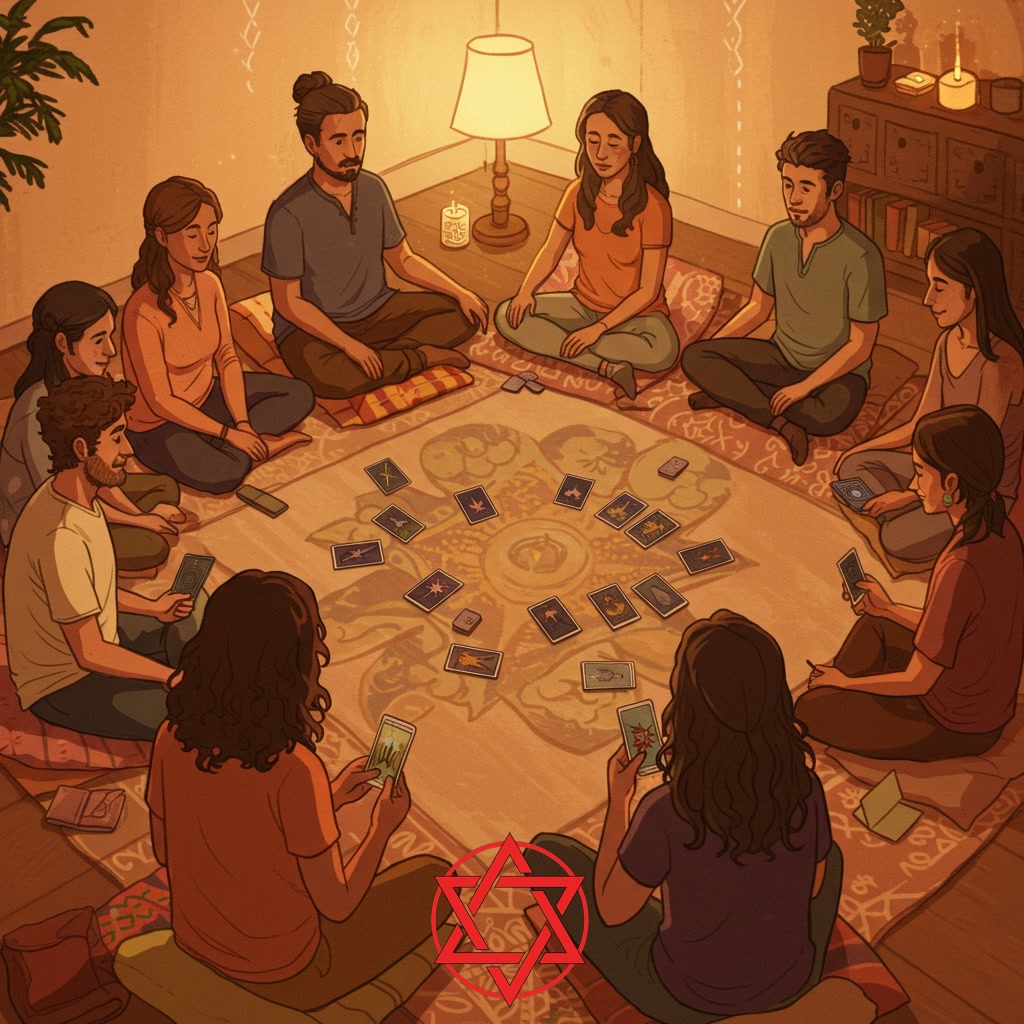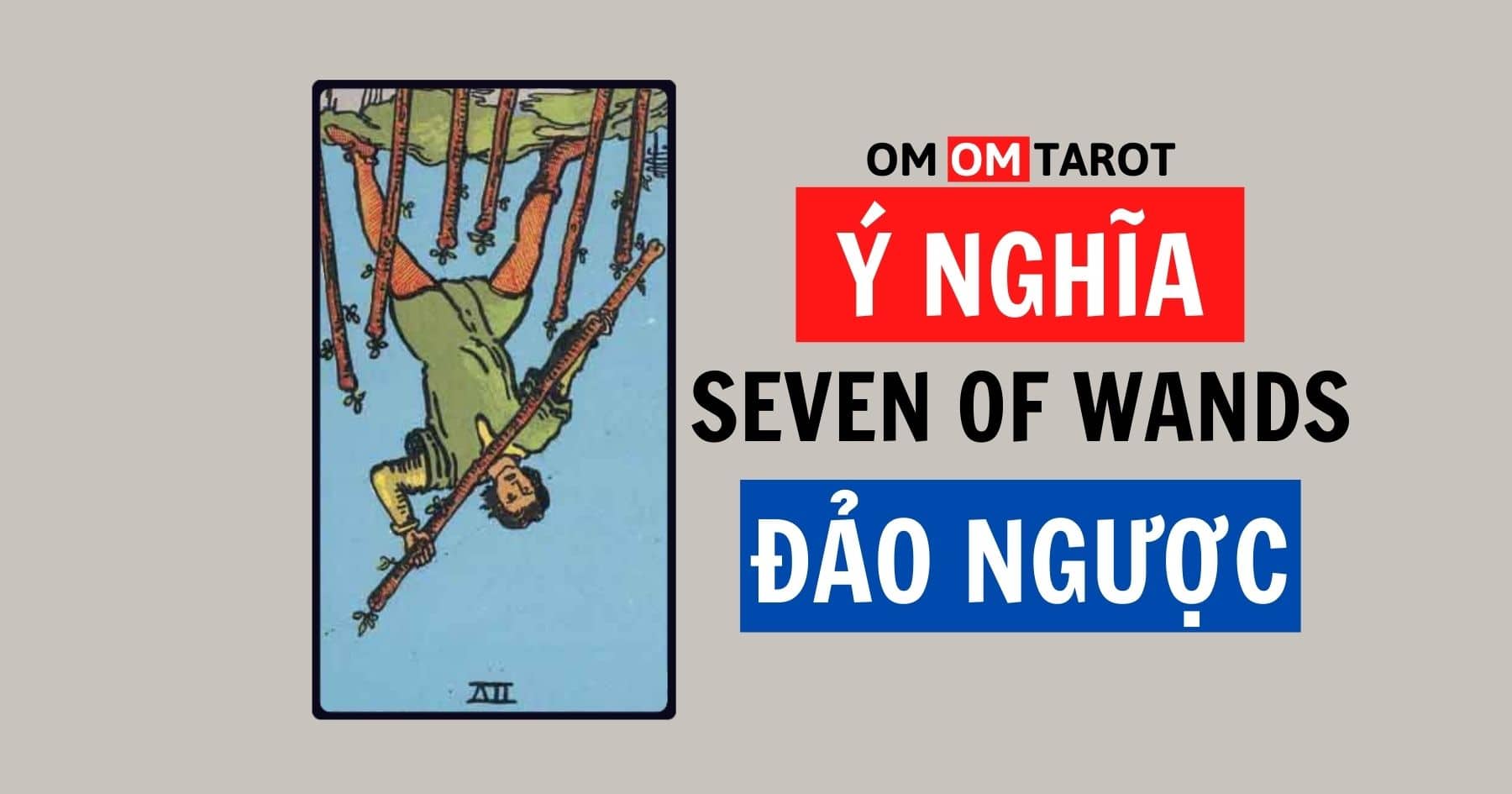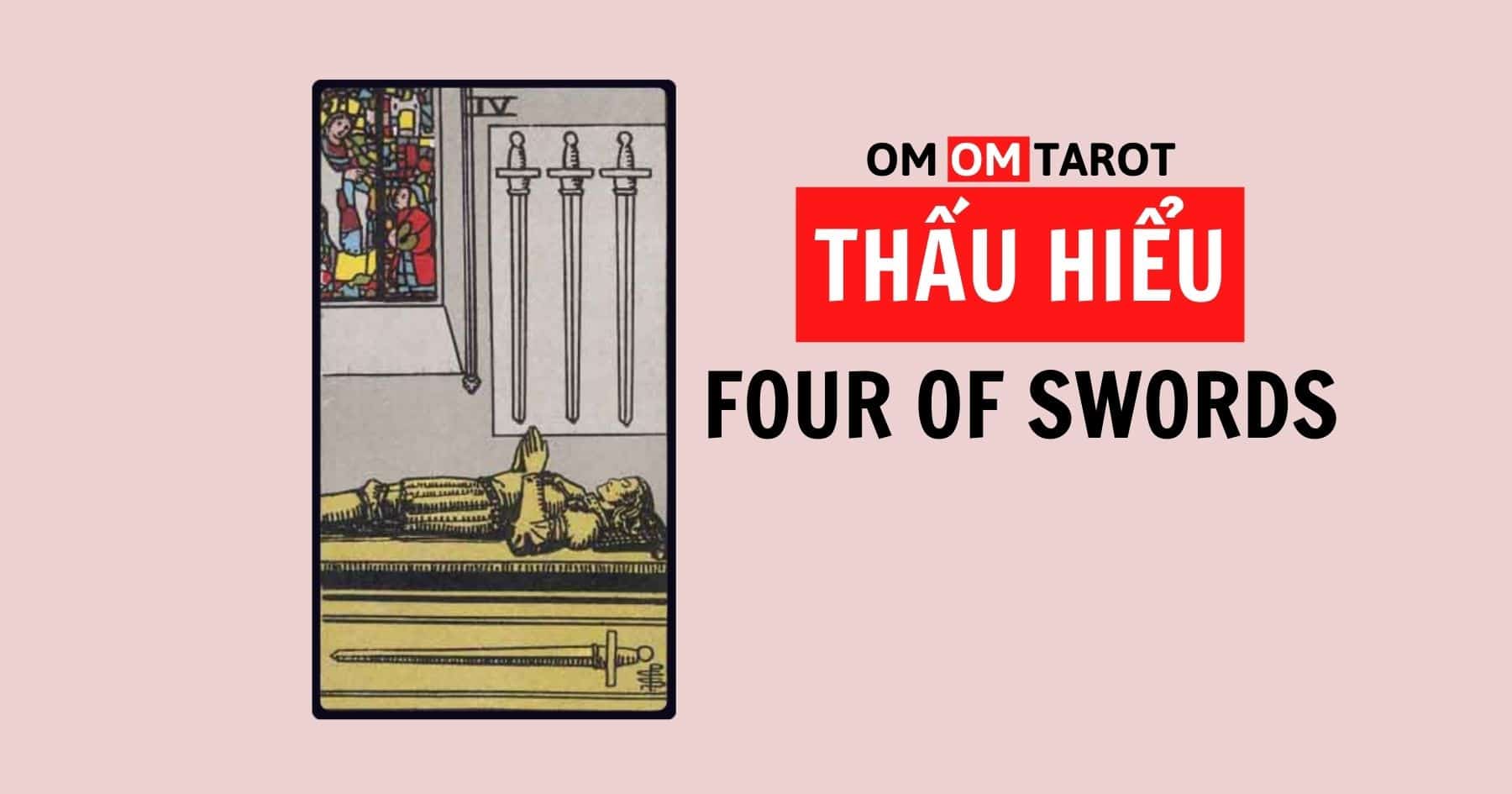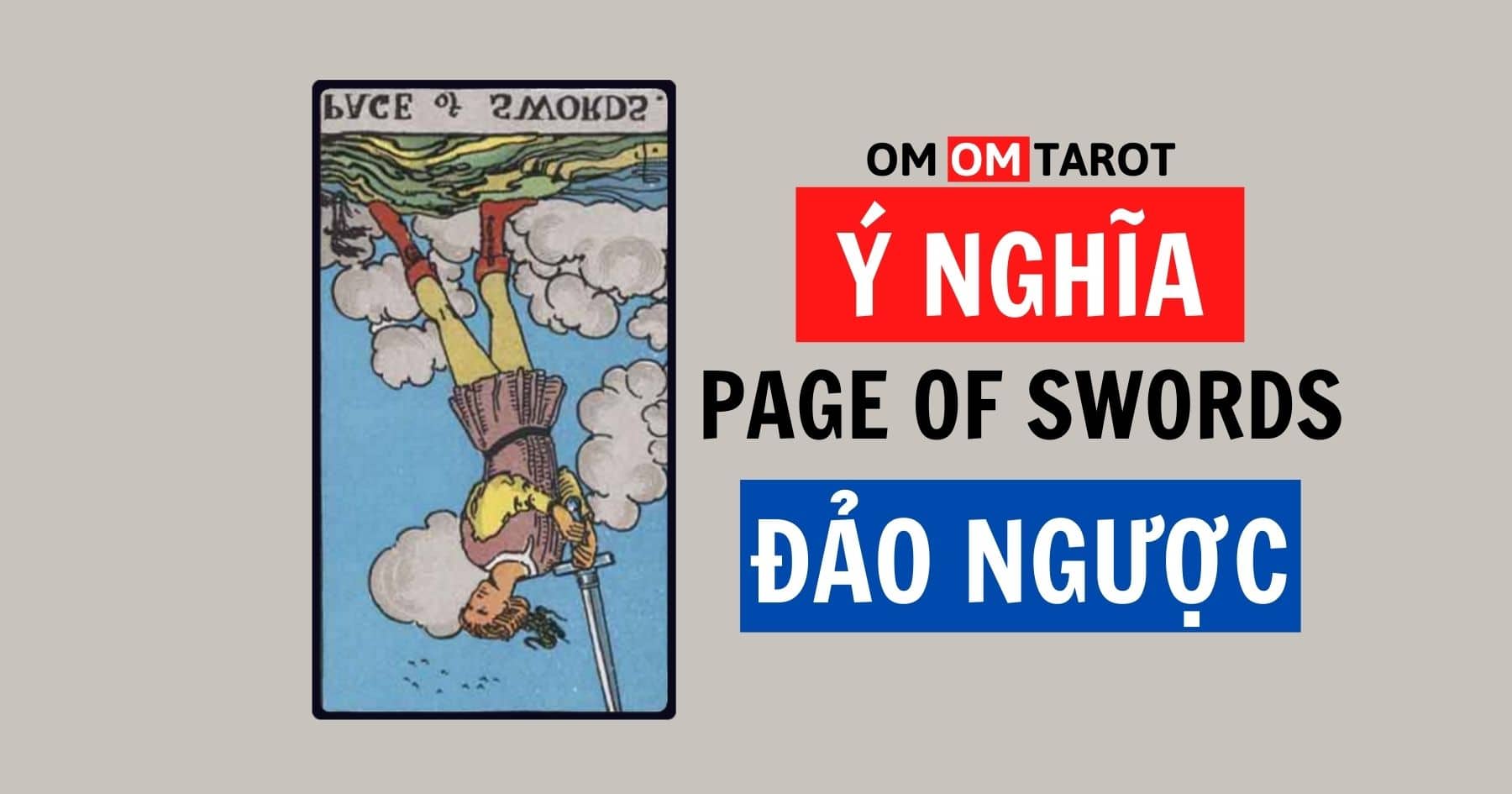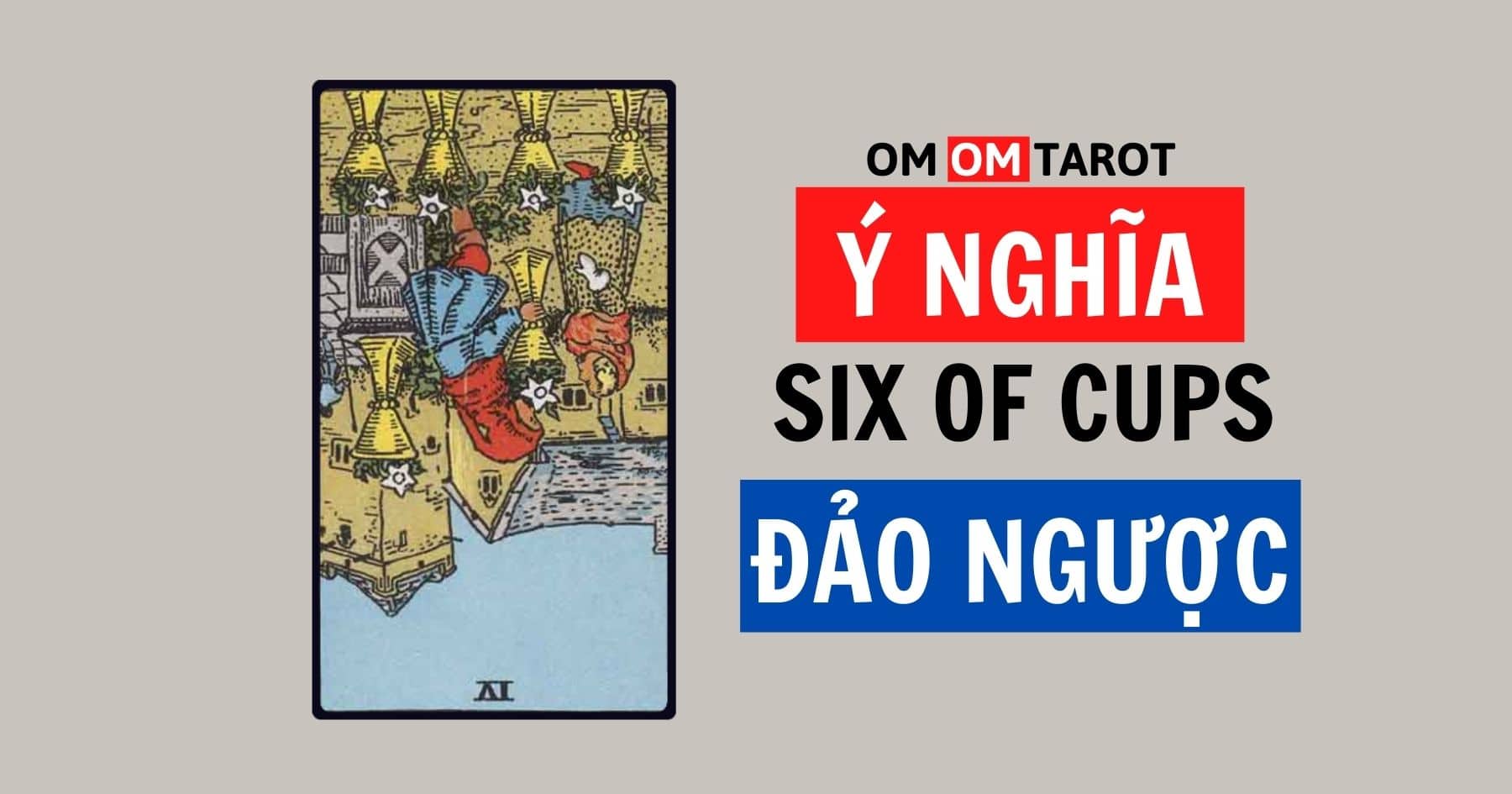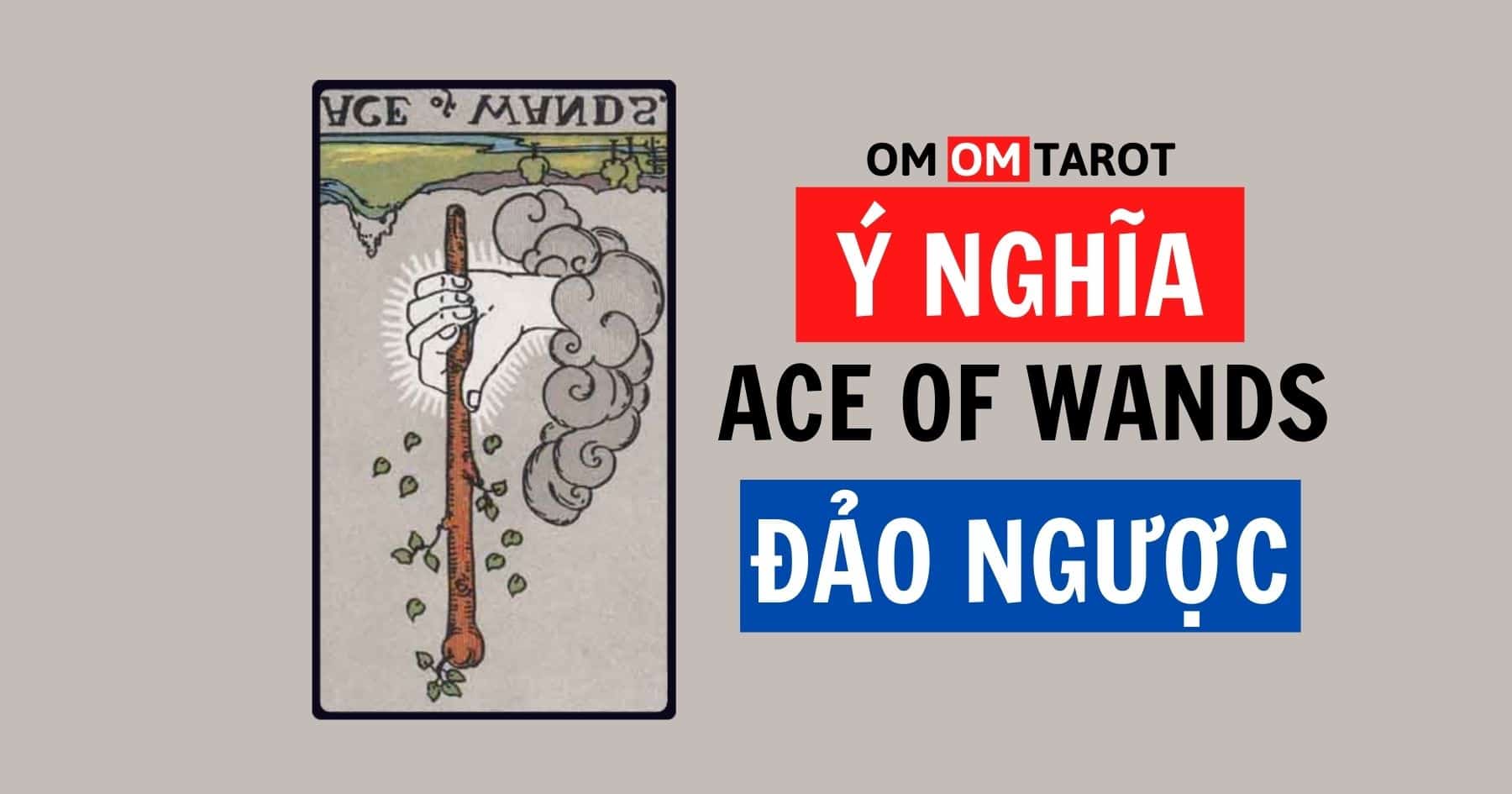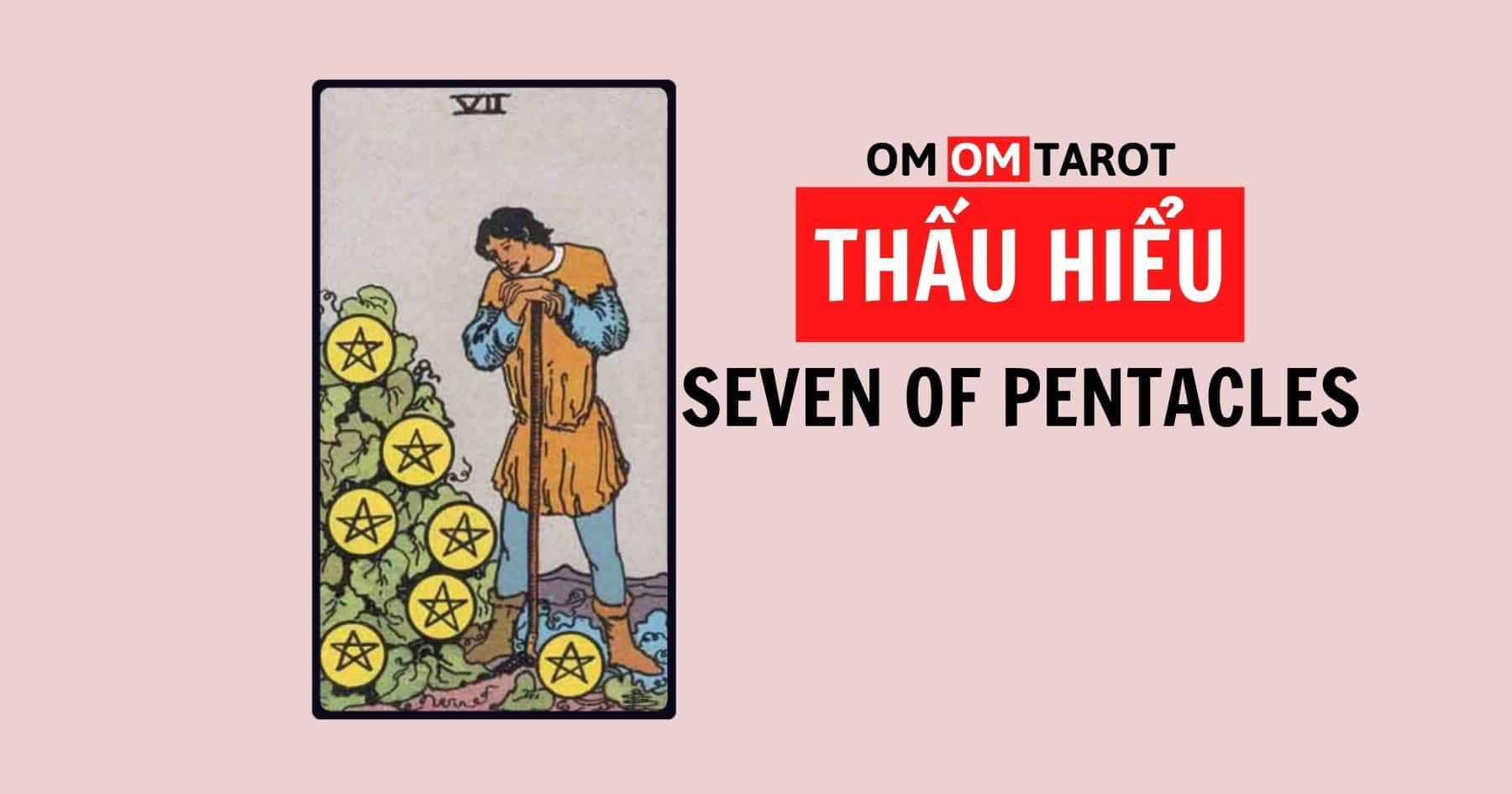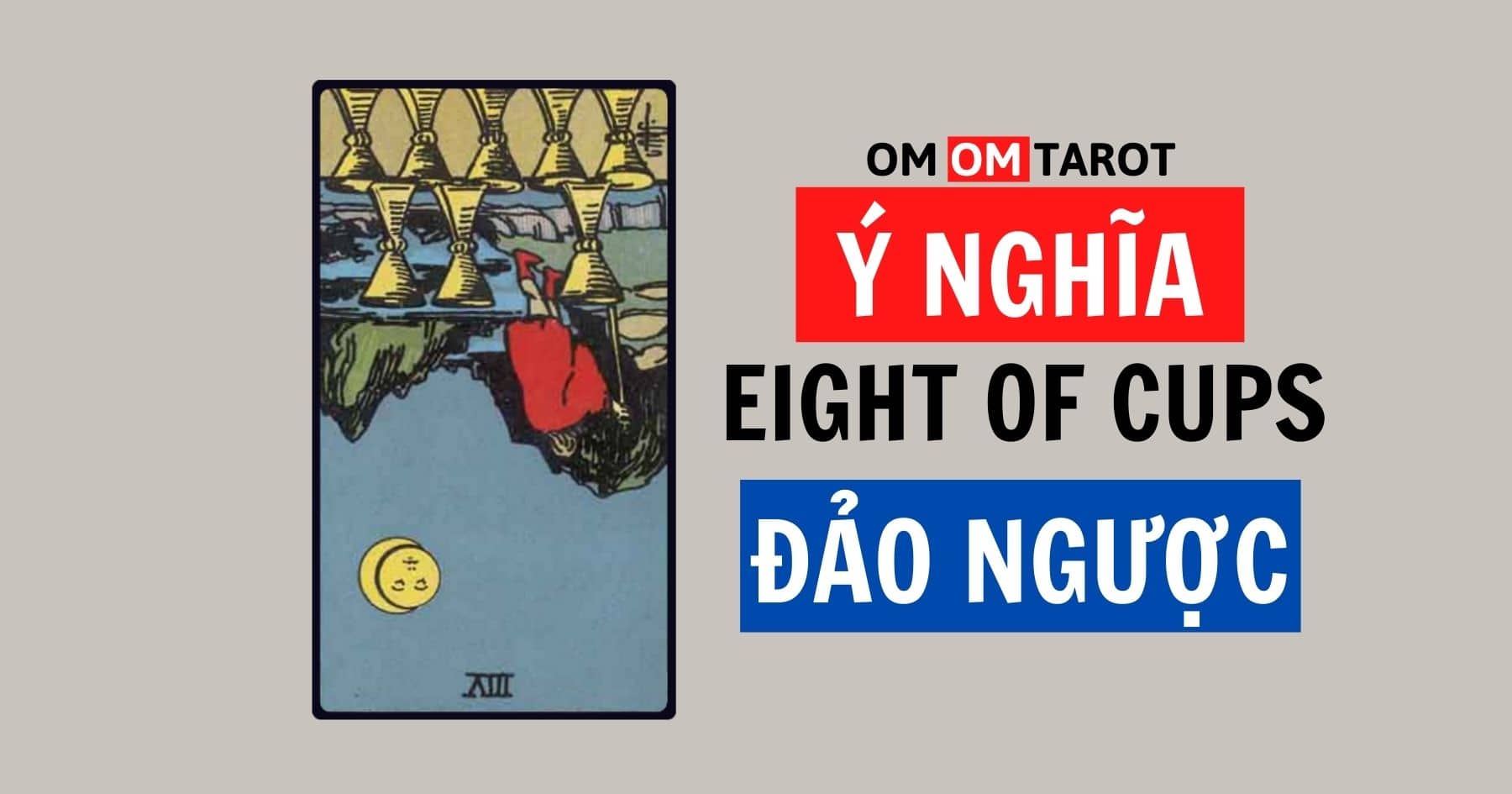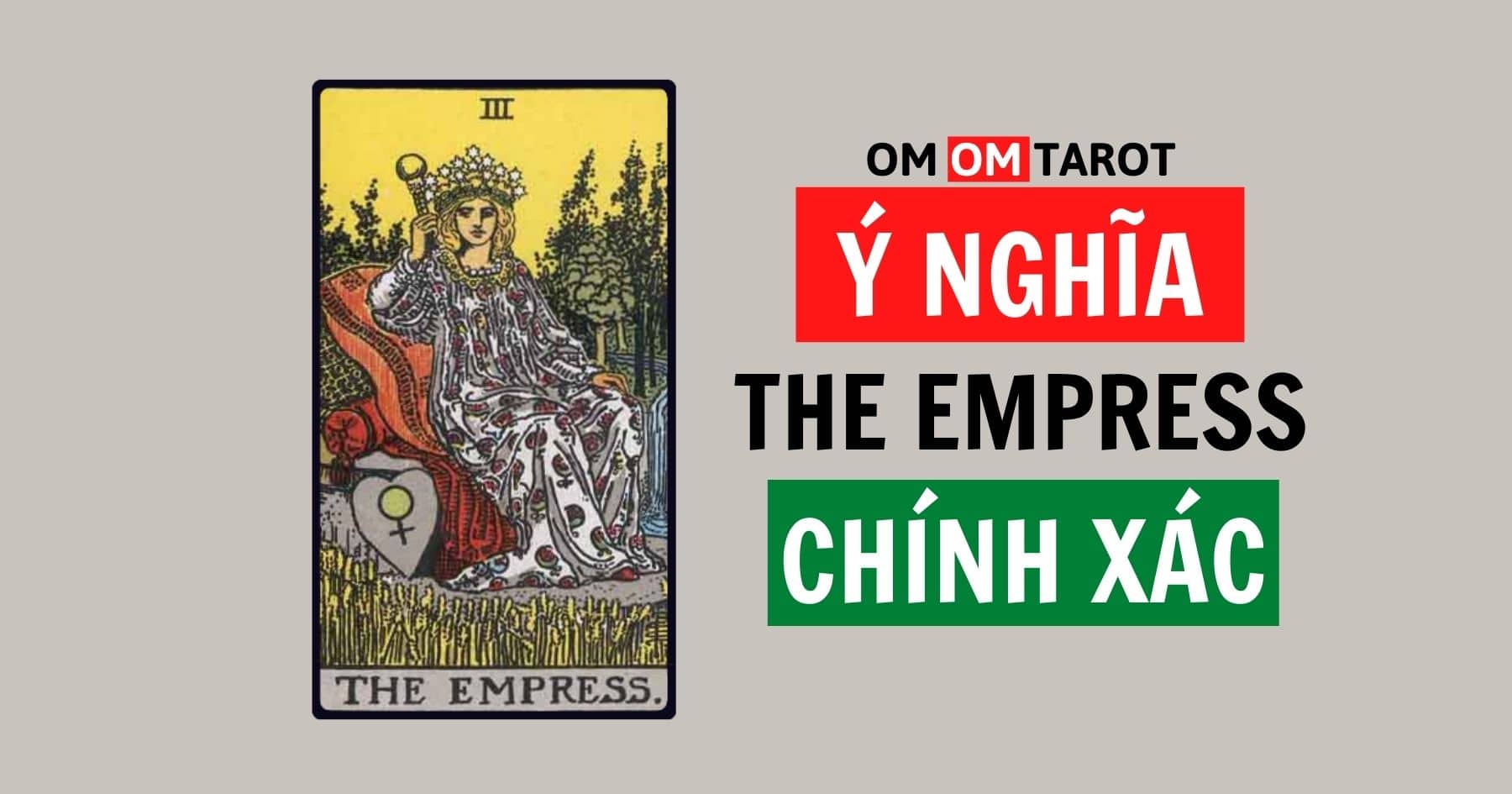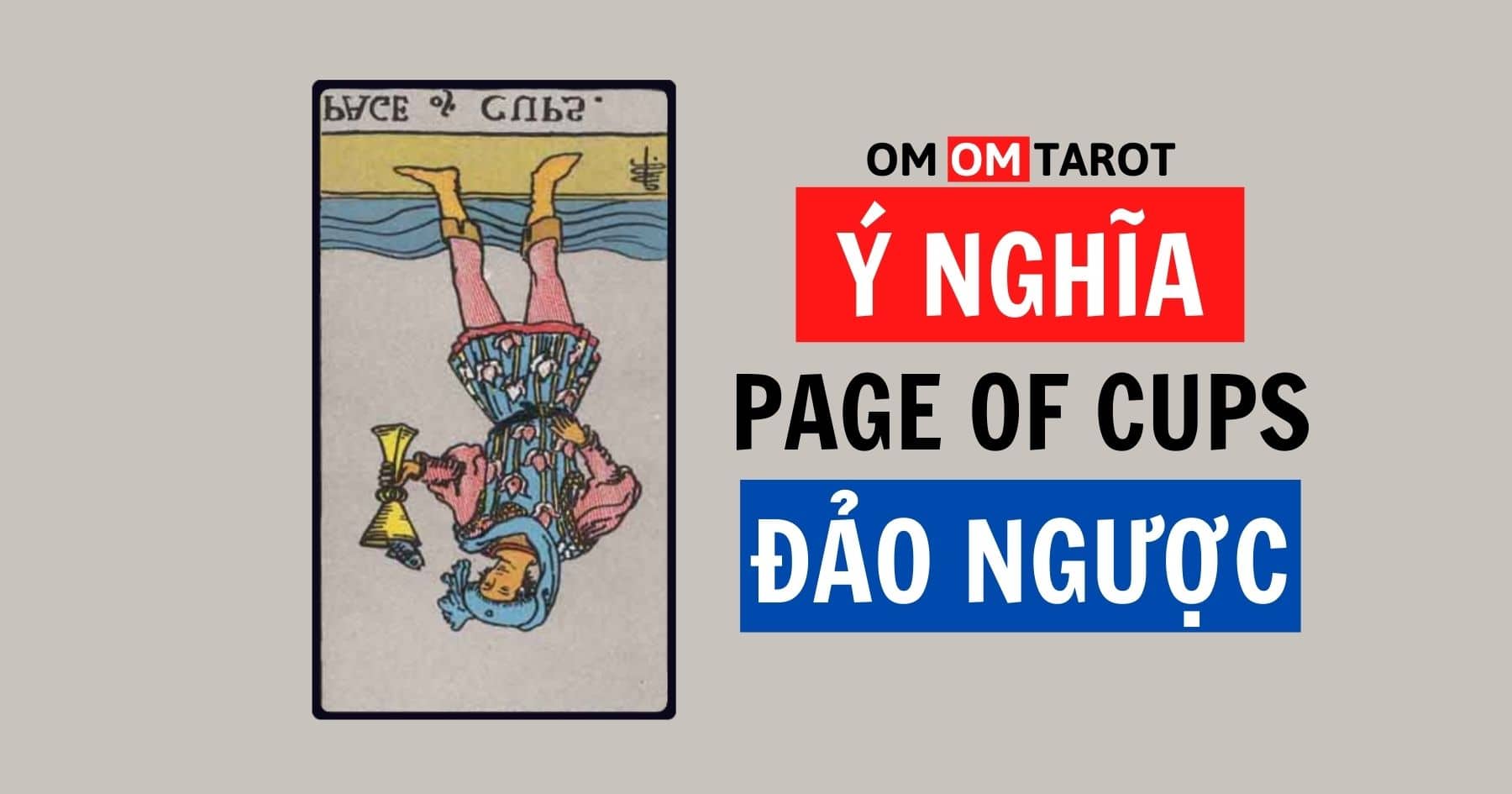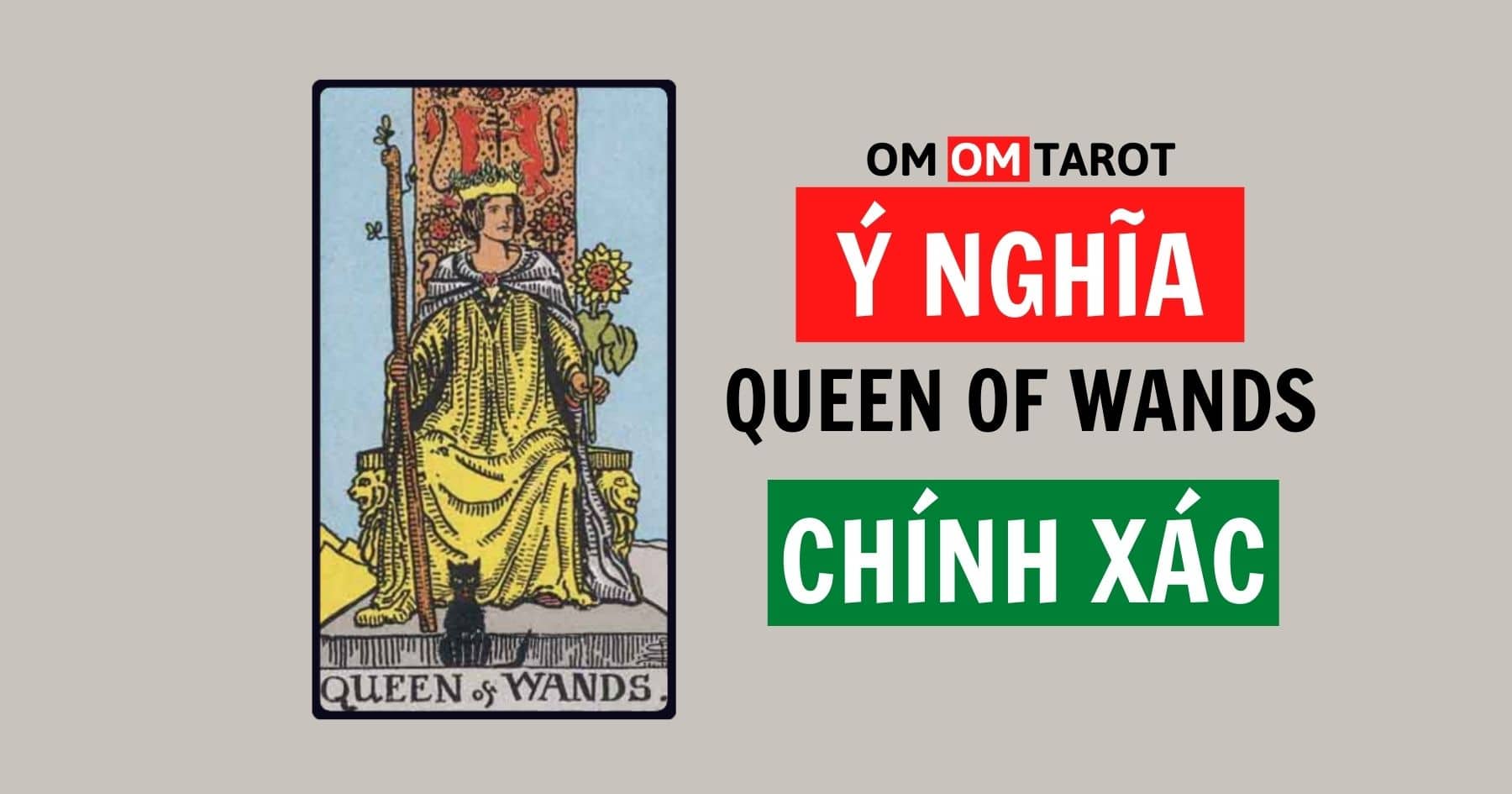Using Tarot to Facilitate Meaningful and Conscious Circle Gatherings
This content explores how to utilize tarot cards as a tool for facilitating group gatherings. It focuses on creating circles that are both meaningful and consciously engaged. The approach aims to deepen connection and understanding among participants, providing methods for incorporating tarot into various settings to enhance shared experience and insight.
Section 1: Introduction: Setting the Stage – Why Use Tarot in Circle Gatherings?
Circle gatherings have long served as spaces for connection and shared experience. Integrating tools like Tarot can enrich these gatherings, moving beyond casual conversation towards deeper, more conscious engagement. This introduction explores the fundamental reasons for bringing Tarot into a circle setting. Tarot cards, rich with symbolism and archetypal imagery, offer a unique language that can act as a catalyst for introspection and group dialogue. They provide prompts that bypass superficial discussion, encouraging participants to explore personal insights and perspectives in a structured yet intuitive way. By offering a shared visual and conceptual framework, Tarot helps bridge individual experiences, fostering empathy and collective understanding. It transforms a simple meeting into a facilitated journey of shared discovery, making the gathering truly meaningful and consciously present.
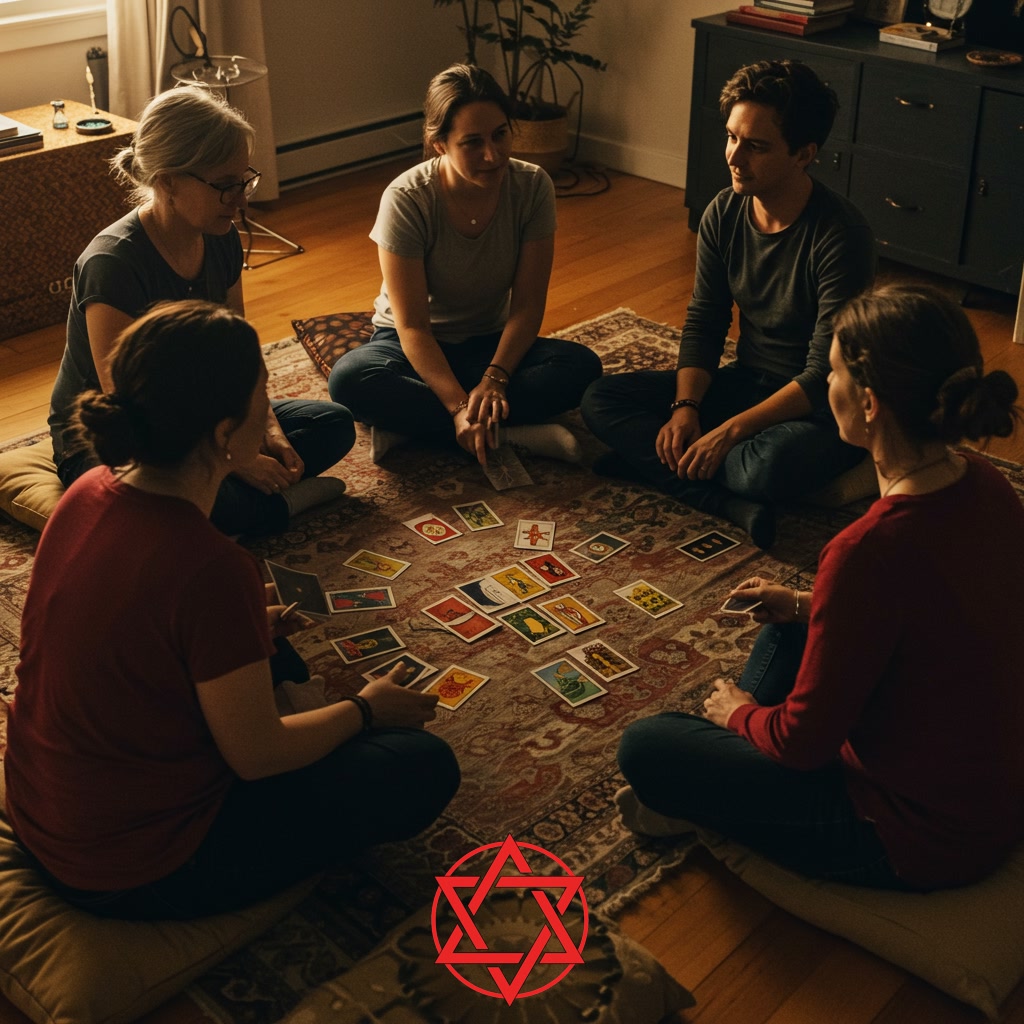
Section 2: Foundational Concepts: Understanding Tarot for Group Facilitation
To effectively utilize Tarot in facilitating conscious circle gatherings, a foundational understanding is essential, distinct from personal reading practices. This involves grasping the core structure of the deck, including the journey represented by the Major Arcana and the everyday experiences depicted in the Minor Arcana and court cards. Crucially, facilitation focuses on the archetypal energies and rich symbolism inherent in the cards, viewing them not as predictive tools but as powerful prompts for reflection, storytelling, and shared inquiry within the group. The goal is to leverage the visual language and narrative potential of Tarot to open pathways for deeper connection, insight, and dialogue among participants, encouraging collective wisdom rather than individual interpretation.

Section 3: Preparation and Intention: Creating a Conscious Circle Environment
Building upon the foundational understanding of using Tarot beyond personal readings, the success of a conscious circle gathering heavily relies on dedicated preparation and the clear setting of intention. This phase involves creating a sacred and welcoming physical space, ensuring it is energetically clear and conducive to open communication and connection. More importantly, it requires the facilitator to undertake internal preparation, centering themselves and defining a precise intention for the gathering’s purpose. This might involve meditating on the themes to be explored or the desired collective outcome. By consciously preparing both the external environment and their internal state, the facilitator establishes a strong container, fostering a safe and intentional space where participants can engage deeply and meaningfully with the Tarot and with each other.
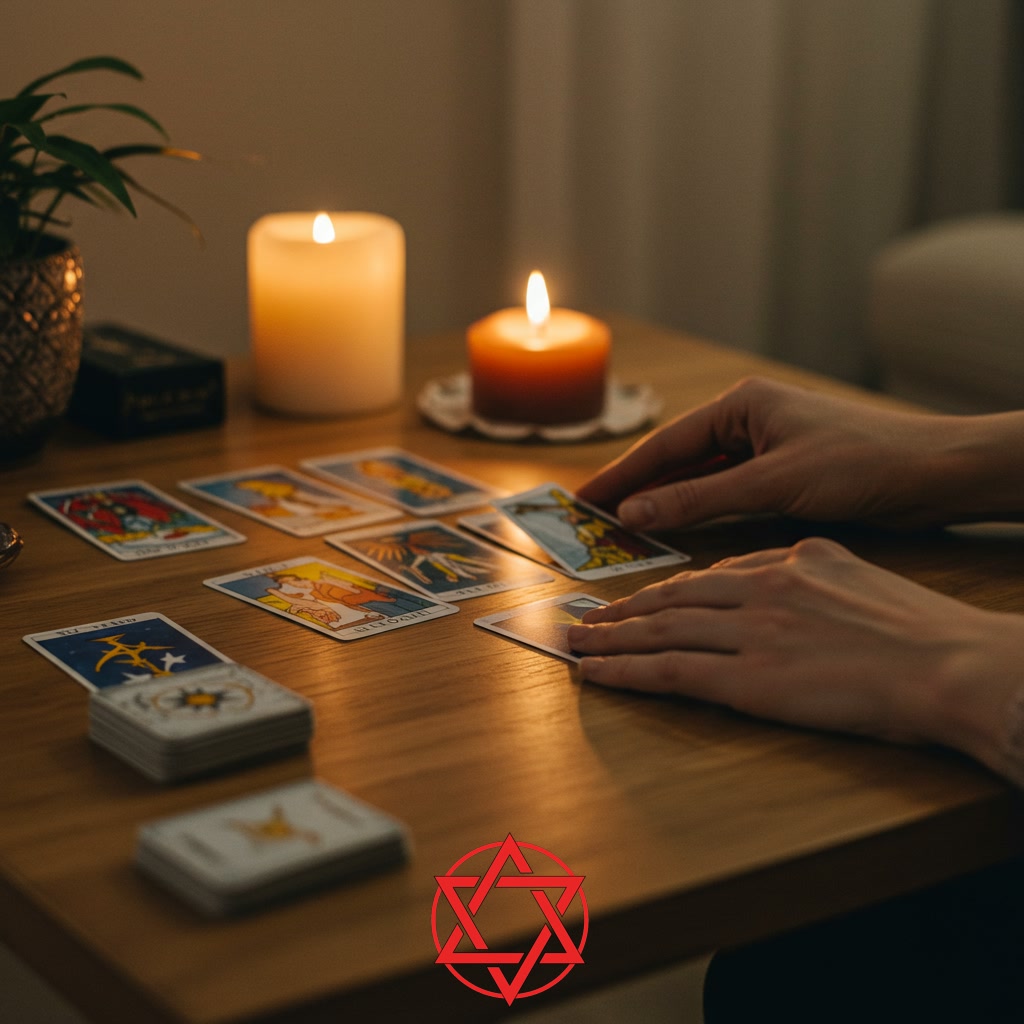
Section 4: Facilitating the Tarot Reading: Guiding Participants Through Spreads
Building upon the foundational understanding of using Tarot beyond personal readings, the success of a conscious circle gathering heavily relies on dedicated preparation and the clear setting of intention. Now, we transition to the active phase: facilitating the tarot reading itself. As a facilitator, your role is to guide participants through the chosen spread with clarity and presence. Begin by introducing the spread’s purpose and the meaning of each card position. Invite participants to draw their cards, either individually or collectively, ensuring a mindful approach. Facilitate the sharing process by posing open-ended questions related to each card’s position within the spread and the overall group intention. Encourage participants to share their initial impressions, intuitive hits, and how the cards resonate with them, fostering a space of active listening and shared discovery. Maintain a non-judgmental atmosphere, allowing for diverse interpretations and insights to emerge naturally from the group’s collective wisdom, using the cards as mirrors for deeper understanding.
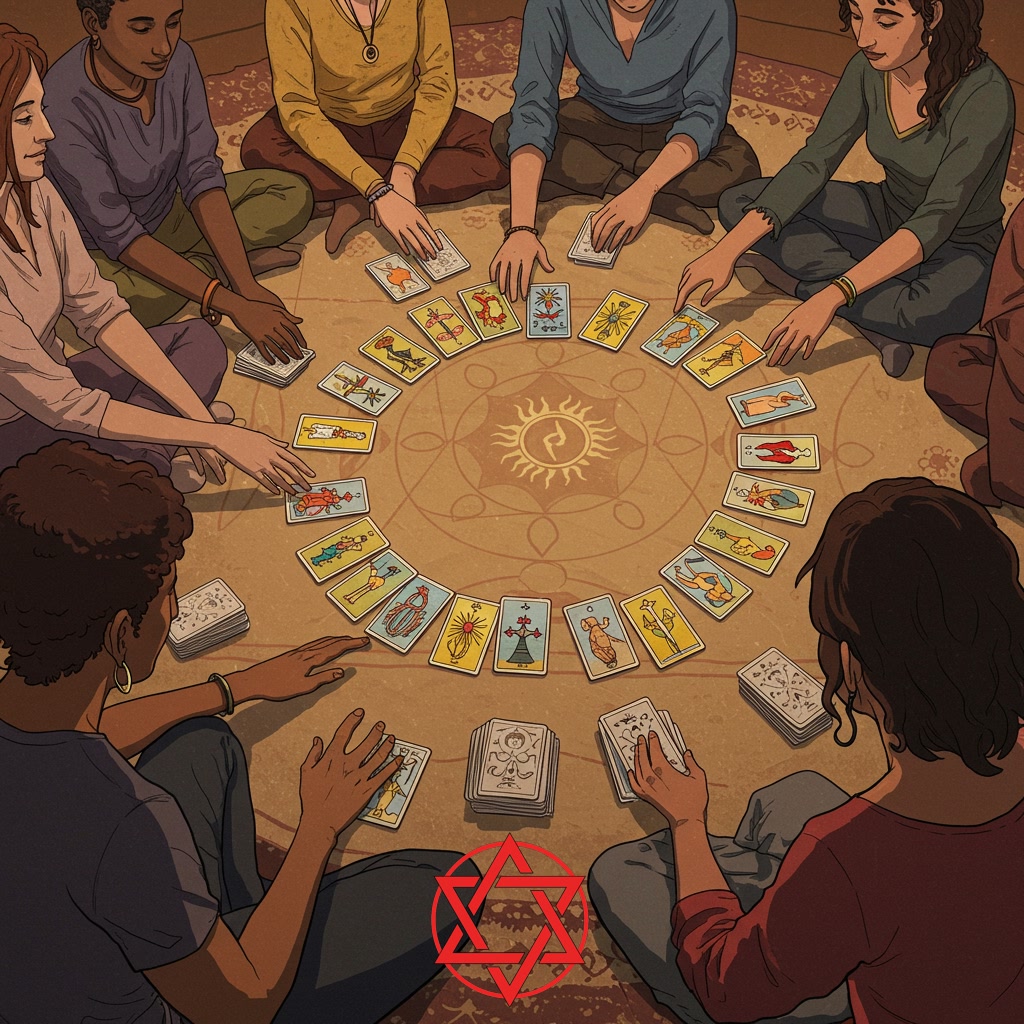
Section 5: Deepening the Experience: Discussion, Reflection, and Integration of Tarot Insights
Building upon the essential preparation and clear intention setting, the core of a meaningful tarot circle lies in the phase of discussion, reflection, and integration. Once cards have been drawn in response to the session’s theme or question, participants are invited to share their initial impressions, feelings, and insights evoked by the imagery and symbolism. This is not about interpreting the cards ‘correctly’ in a traditional sense, but rather exploring what they illuminate for the individual and the collective in the context of the circle’s purpose. Facilitation involves creating a safe space for open sharing, active listening, and thoughtful questioning that deepens understanding without judgment. The process encourages participants to connect the card’s message to their own experiences and perspectives, fostering collective wisdom. Finally, integration involves considering how the insights gained can be carried forward and applied beyond the circle, making the experience truly transformative and conscious.
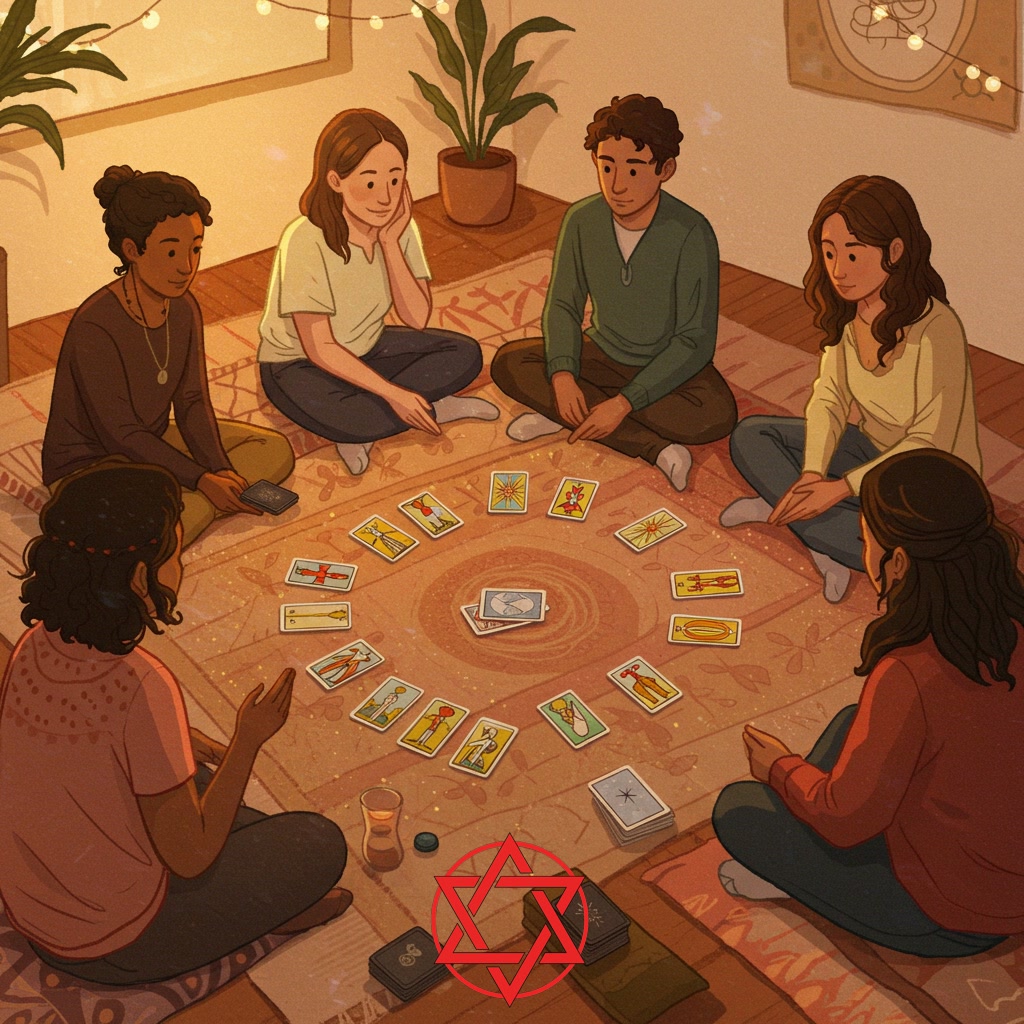
Section 6: Conclusion: The Power of Tarot in Cultivating Meaningful Community Connections
In conclusion, utilizing tarot within conscious circle gatherings transcends individual interpretation, blossoming into a powerful catalyst for cultivating meaningful community connections. By providing a shared language and a structured framework for vulnerability and reflection, tarot empowers participants to explore their inner landscapes together. This collective journey fosters empathy, deepens understanding, and strengthens the bonds that unite the group. The cards become not just tools for insight, but anchors for shared experience, helping to weave a richer tapestry of connection and belonging. Ultimately, the true power lies in the intentional facilitation and the willingness of individuals to engage authentically, transforming simple gatherings into profound communal experiences.
